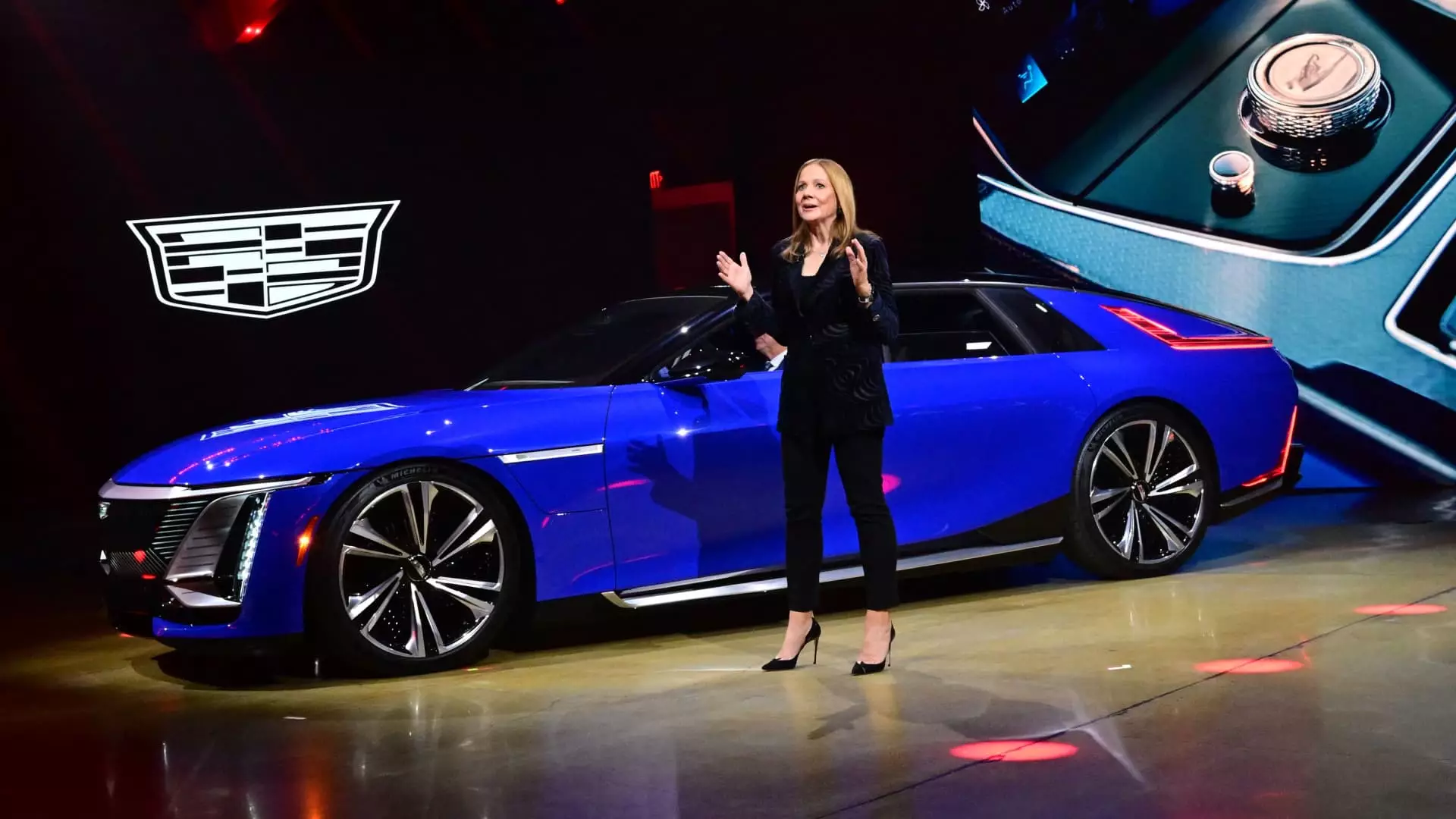In 2021, General Motors (GM) made bold claims about its commitment to electric vehicles (EV), asserting that it would “absolutely” catch up to Tesla, the current leader in U.S. EV sales, by 2025. Fast forward to October 2023, and the reality appears starkly different. The anticipated acceleration in EV adoption has been hindered not only by broader industry challenges but also by GM’s specific struggles with production efficiency, software integration, and supply chain management. Although the automaker had set ambitious targets, it has since retracted many of them amid mounting competition from other manufacturers, including Ford and Hyundai/Kia.
Despite these setbacks, GM believes it is on the verge of a turnaround. With an evolving portfolio of electric models priced from approximately $35,000 to over $300,000, GM aims to gain ground in the competitive market. According to Rory Harvey, GM’s president of global markets, the company claims it has the most expansive EV lineup available in the U.S. These assertions serve as a foundation for optimism, even as GM grapples with its significantly lagging sales compared to Tesla, which reportedly sold about 164,000 EVs in just one quarter.
Delving deeper into the sales figures, GM reported impressive numbers for July and August 2023, selling nearly 21,000 EVs during these months alone—almost matching its total for the entire second quarter. This surge represented an astonishing year-over-year increase of approximately 70% in EV sales. Such growth provides a glimmer of hope for the automaker, placing it within striking distance of Ford, which enjoys a similar consumer base. However, the distance to Hyundai/Kia remains daunting, with GM still needing to make up over 20,000 units to reach their sales figures.
The competition among legacy automakers is fierce, and every unit sold counts in the race to secure a more significant share of the EV market. While Ford and Hyundai/Kia often disclose their sales figures on a monthly basis, GM’s quarterly reporting can obscure the realities of its ongoing sales battles. The challenge for GM is steep, as it competes not just with these brands but continues to trail significantly behind Tesla, which maintains a commanding lead.
In light of the challenging landscape, GM has notably tempered its expectations. While the automaker forecasts a strong finish to 2023, aided by growing consumer interest in EVs, it remains unclear when it will overtake its competitors in sales. Harvey’s comments emphasize that while GM is optimistic about its current momentum, the path ahead is still fraught with uncertainty.
At present, GM’s electric offerings have reached a total of eight Ultium platform vehicles. These models, ranging from mainstream options like the Chevrolet Equinox to luxury offerings from Cadillac, reflect the company’s strategic focus on diversified products. Plans for additional models, including two more Cadillac vehicles to be added by year-end, signal GM’s intent to increase its market penetration. However, analysts caution that simply having a wider portfolio does not guarantee immediate sales success; the pressure to sell these vehicles effectively remains paramount.
The fundamental challenge GM faces lies in the paradox of EV profitability. Electric vehicles typically ward off higher profit margins compared to traditional gas models, complicating GM’s financial outlook. The automaker anticipates that reaching production levels of 200,000 units will help improve profitability for EV lines. Despite this, GM’s current outlook necessitates a significant pivot to maintain consumer interest in these products while adhering to rising federal fuel economy regulations.
As industry observers note, GM’s ambitious targets, such as reaching one million EVs produced by 2025 or generating $50 billion in revenue from electric vehicles within a year, have raised eyebrows. The commitment to produce exclusively all-electric vehicles by 2035 remains in place but will heavily depend on consumer demand trends.
To hasten consumer adoption, GM emphasizes customer engagement strategies like roadshows and dealership demonstrations, inviting potential buyers to experience their EVs firsthand. As Harvey aptly put it, there is a universal truth in automotive sales: putting “butts in the seat” is critical. This interactive approach, bridging the gap between consumer apprehension towards EVs and willingness to invest in them, is necessary for GM’s long-term viability in the market.
As GM navigates its place in a rapidly evolving electric vehicle landscape, it must adapt its strategies to meet both internal production goals and external market demands. While it has laid out a path toward a more electrified future, whether it can catch up to Tesla or even its immediate competitors remains an open question. The journey toward dominating the EV market is monumental, requiring both time and unwavering commitment from the leadership at GM.


Leave a Reply